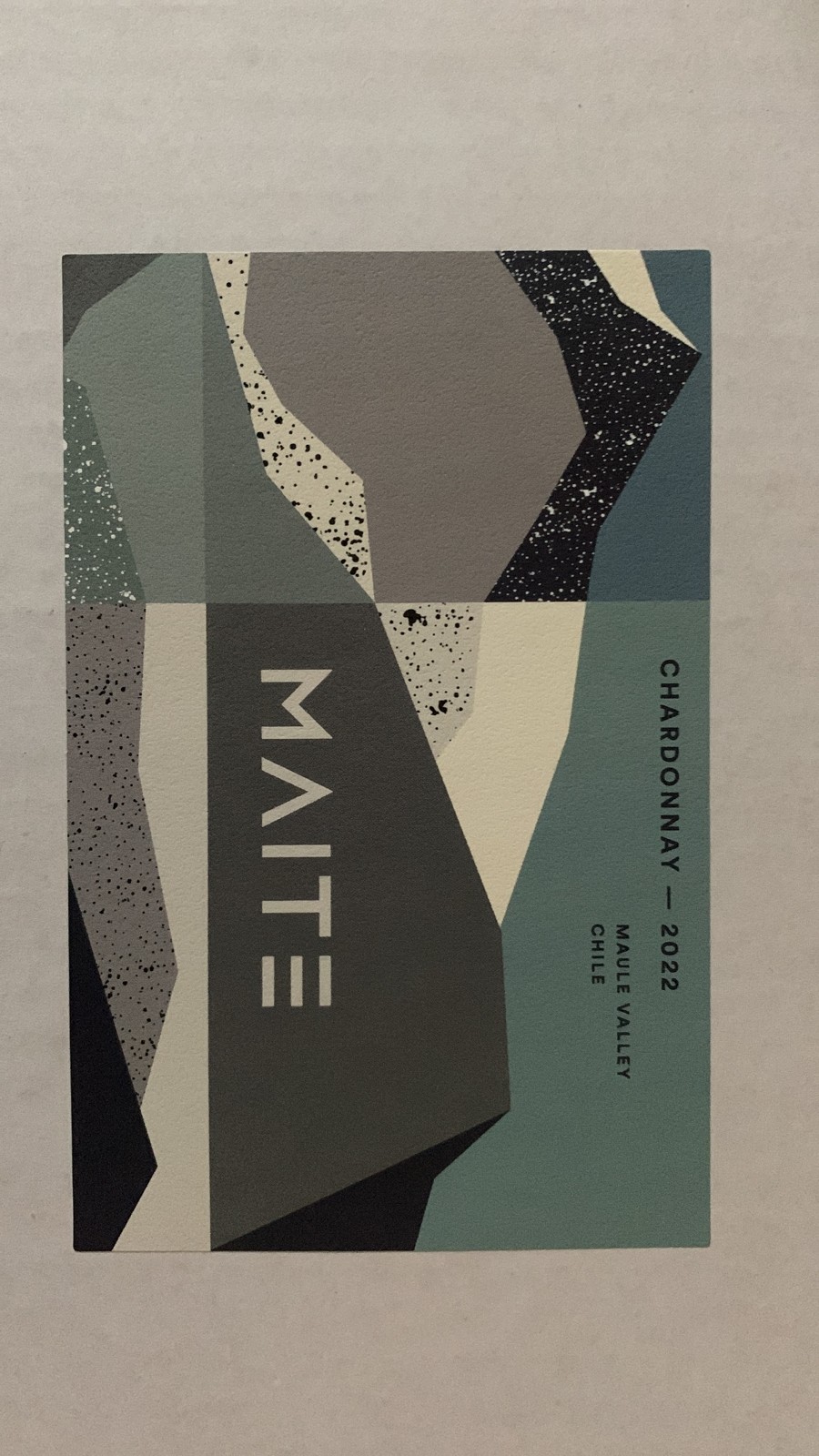Maule Valley Chardonnay 100%
The Andes Plateau Maite is a delightful Chardonnay from the Maule Valley, known for producing exquisite white wines. This Chardonnay presents a beautiful white hue that reflects its crisp and refreshing characteristics. The wine from this region tends to embody a medium body, medium acidity, and a moderate fruit intensity, making it a versatile choice for various occasions. The Maule Valley's unique terroir imparts a distinct flavor profile to the Chardonnay, offering a harmonious balance of fruit and acidity that lingers on the palate. This Chardonnay is crafted to be dry, adding to its overall sophistication and appeal to those who appreciate a well-balanced white wine.
The Andes Plateau Maite is a delightful Chardonnay from the Maule Valley, known for producing exquisite white wines. This Chardonnay presents a beautiful white hue that reflects its crisp and refreshing characteristics. The wine from this region tends to embody a medium body, medium acidity, and a moderate fruit intensity, making it a versatile choice for various occasions. The Maule Valley's unique terroir imparts a distinct flavor profile to the Chardonnay, offering a harmonious balance of fruit and acidity that lingers on the palate. This Chardonnay is crafted to be dry, adding to its overall sophistication and appeal to those who appreciate a well-balanced white wine.




